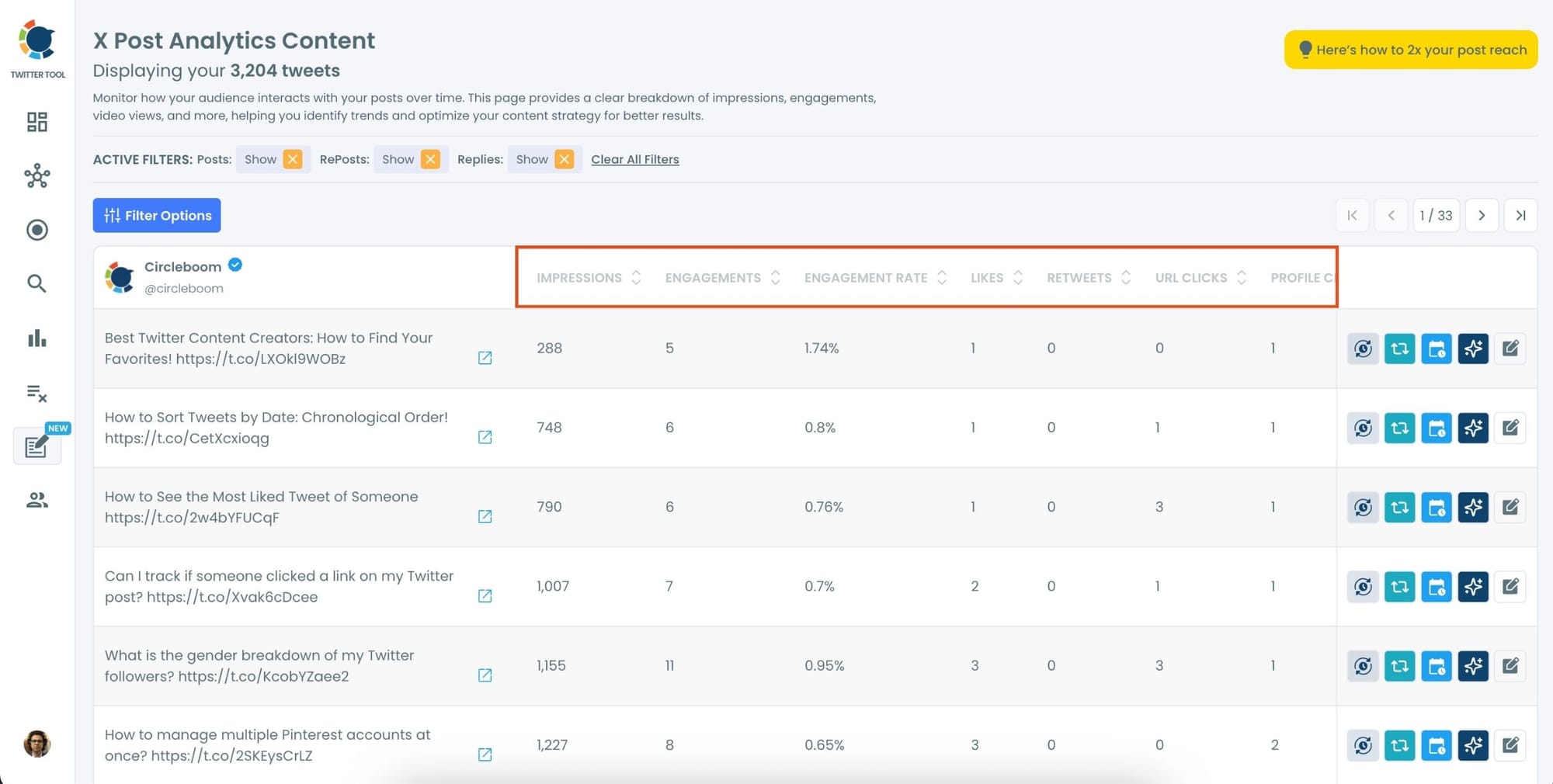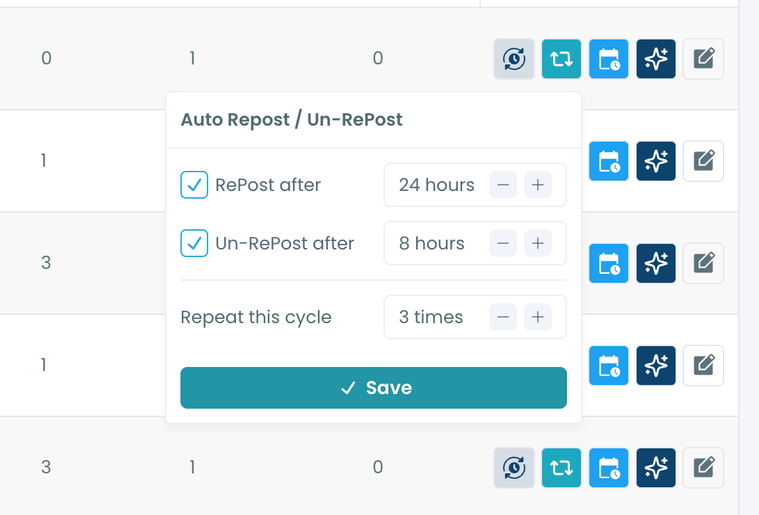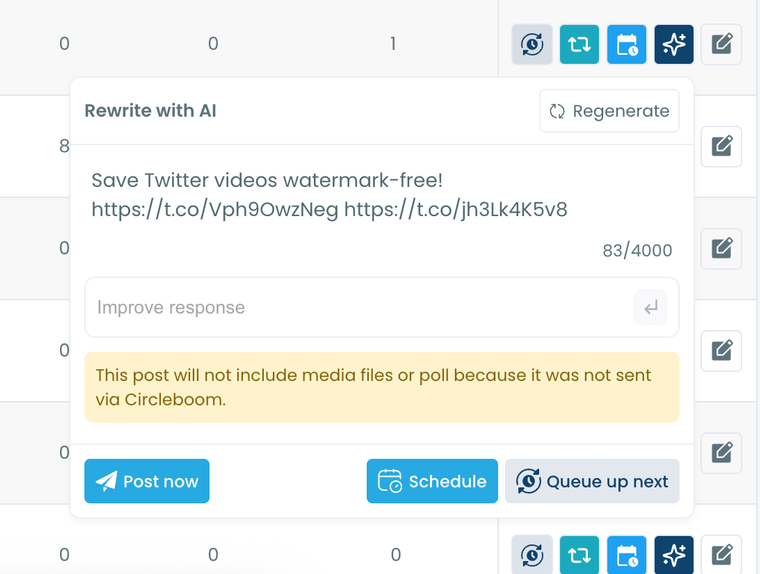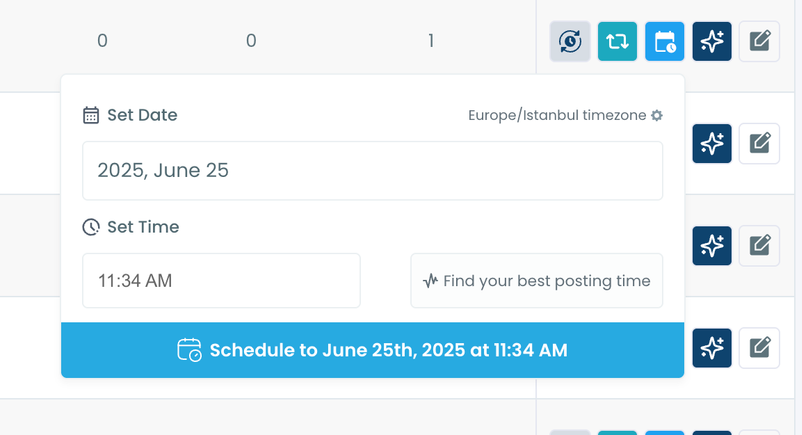In a world full of content, trust is the ultimate currency for reaching your target audience.
People don’t want fluff. They want facts. Proof. Value. Relevance. And they want it fast.
And that’s where a data-driven approach, combined with data-driven content, comes in.
When you back your claims with real numbers, people listen. They believe you. They trust you. Especially when your insights align with their experience or prompt them to think differently.
Let’s dive into how you can use data-driven content to stand out—and win hearts—in a crowded market.
Why Trust Matters More Than Ever
Today’s buyers are smart. They read reviews, fact-check, ignore clickbait, follow influencers, compare brands, and discuss options in private Slack groups.
According to research, 81% of people say trust is the main factor when making purchasing decisions.
People want transparency and credibility. Trust is everything, especially in B2B and SaaS markets, where long-term contracts and subscriptions are involved.
If your content performance is bad, it lacks depth, data, or clear sources; users will bounce. They won’t just leave your site—they’ll also forget your brand.
That’s why building trust is no longer optional. It’s the only way to compete. And the quickest way to lose it is to make a claim you can’t back up.

When you lead with substance instead of flash, your content becomes a reliable go-to source.
Consumers are tired of vague promises. They want something that feels real. They want proof that you understand their problems—and have solved them before. That proof is best delivered through data.
Here’s a great example of how to build trust. Cruise America, known for RV rentals across Calgary and the U.S., nails this by producing content grounded in user data, seasonal trends, and route popularity.
From guides on scenic drives to tips for first-time RV travelers, their insights feel timely and personalized. The data-driven strategy positions them as a rental provider and a trusted travel advisor, earning customer loyalty in a crowded market.
What Is Data-Driven Content?
Data-driven marketing is based on data-driven content. This content is always backed by data, not opinion. It’s strategic storytelling with numbers.
It includes:
- Stats from research
- Case studies
- Charts and graphs
- Customer insights
- Surveys and polls
- Original benchmarks or performance metrics
The goal? Show, don’t just tell. Let the numbers do the talking.
Data-driven content earns trust by proving your points with facts. It’s not just persuasive—it’s credible.
It also adds authority to your brand. Readers can see the effort you’ve put into collecting and analyzing data. It tells them: "We know our stuff. We’ve done our homework."
The best part? Data-driven marketing and content perform better over time. It attracts backlinks, gets shared more, and drives repeat traffic.
Businesses that integrate data-driven tools, such as CRM platforms, analytics dashboards, or quoting software, can respond to leads faster and more accurately.
For example, companies like Tradify often use their social media presence to show how quick, professional quoting enhances customer trust and reduces delays, especially in competitive service-based industries.
Tradify's Instagram account features real-world examples of tradespeople utilizing their software to streamline quoting processes, thereby fostering trust with clients. Their posts highlight features like customizable quote templates and rapid turnaround times, which are crucial in maintaining a competitive edge.
By linking to Tradify's Instagram, readers can explore firsthand how the company demonstrates the effectiveness of its quoting software in real-world scenarios, reinforcing the article's emphasis on building trust through data-driven tools.
Benefits of Data-Driven Content
Here’s why it works:
- It’s shareable. Stats get shared. Infographics go viral. People love facts. They're snackable and tweetable.
- It builds authority. People trust sources that use numbers. It shows you’re serious and methodical.
- It drives SEO. Google loves original data. It’s more likely to earn backlinks. Content with charts and numbers performs better in featured snippets.
- It increases conversions. People buy from brands they trust especially when you back up your claims with actual results.
But beyond traffic and clicks, data-driven content yields actionable insights and fosters meaningful conversations. It fuels community debates, social media engagement, and even press mentions.
When people share your data or reference your study, they are spreading your brand’s credibility.
Even better? It gets you cited in white papers, podcast discussions, and webinars. You're not just creating content—you're creating reference material.
It also helps with sales enablement. When your sales team uses your piece of content to answer client questions, it reinforces credibility and shortens sales cycles.
Real Examples of Data-Driven Content That Builds Trust
Any business, regardless of niche, can leverage data-driven content to build trust. For example, companies in the health and wellness industry that share educational types of content, such as nutrition tips, medical insights, and success stories, are more likely to earn long-term trust from their audience.
Let’s look at Form Health. They use social media platforms like Instagram to provide personalized content and practical advice on sustainable weight loss, addressing the journey's physical and emotional aspects.
Their posts often highlight medically supervised strategies, including options like Zepbound medication for weight loss, as part of a broader, evidence-based approach to managing obesity.
This kind of transparency and patient education fosters trust and encourages informed decisions among potential clients.
Got the gist of it? Let’s dive into some more real examples.
1. Hubspot’s Annual State of Marketing Report
HubSpot is the king of data-driven content.
Every year, they publish a comprehensive marketing report filled with new statistics. This content type provides valuable insights from thousands of surveyed marketers and business professionals.
Marketers wait for it. Link to it. Share it everywhere.
Hubspot’s 2025 report showed that over 29% of marketers saw better return on investment (ROI) with short-form video than other formats.
It becomes a reference point in thousands of blog posts and decks. It’s also quoted in investor meetings, sales decks, and conference talks.
Why it works:
- It’s based on real survey data.
- It’s free and visually rich.
- It positions HubSpot as an expert in the marketing space.
- It sets the agenda for what marketers should prioritize.
For example, in a competitive fragrance market, brands such as Bianco Latte Perfume can leverage data-driven content to build authentic trust with their customers.
By analyzing customer preferences, purchase behaviors, and feedback data, they can create personalized content that speaks directly to their audience’s desires, whether it’s highlighting the scent’s unique notes, sharing user testimonials, or tailoring marketing messages for different demographics.
This approach differentiates the brand from countless competitors and also fosters a deeper emotional connection, making customers feel understood and valued.
Ultimately, data-driven content turns raw insights into meaningful storytelling that builds credibility and loyalty in a crowded marketplace.
2. Spotify Wrapped: Personalized User Data
This one’s iconic.
Spotify Wrapped takes your listening habits and turns them into a colorful, emotional story.
It shows users their top songs, genres, total listening time, quirky trends, and general audience behavior.
According to NoGood, over 156 million people used Wrapped in 2022.
Why it works:
- It uses personal data in a fun way.
- It makes users feel seen and valued.
- It drives massive organic sharing on social media.
- It sparks conversation and celebration.
- It provides data-driven insights.
Spotify also benefits from being part of the user’s story. Wrapped becomes a tradition that people look forward to. That emotional connection is priceless.
If your business objectives are to achieve the same results, you could build something similar and add visual flair. Create shareable formats. Make people feel special and proud to share your brand.
3. Grammarly’s Weekly Writing Insights
Grammarly sends users a weekly report with:
- Words written
- Productivity score
- Vocabulary stats
- Accuracy and tone
It’s simple but effective.
It reminds users of how helpful Grammarly is. And it’s a subtle nudge to keep using the tool.
Additionally, it reinforces usage and helps establish a habit. Users often share their productivity badges on LinkedIn or Twitter.
And it makes users feel proud of their writing. It gamifies progress.
4. Backlinko’s SEO Studies
Backlinko, led by Brian Dean, publishes in-depth SEO studies that go viral.
A Backlinko study analyzed 1.3 million YouTube videos to understand ranking factors.
The post included graphs, clear summaries, and tips.
Why it works:
- The data is unique and proprietary.
- It helps SEO professionals make better decisions.
- It’s full of value and very quotable.
- It’s evergreen and gets referenced for years.
5. Ahrefs’ Keyword Data Blog Posts
Ahrefs is known as a powerful tool, but it also publishes detailed blog posts using its internal keyword data.
A study by Ahrefs revealed that 96.55% of content gets no organic traffic from Google.
That single stat has been quoted in thousands of other posts. It has sparked countless SEO discussions.
Why it works:
- It’s shocking and memorable.
- It positions Ahrefs as a source of truth.
- It utilizes first-party data, making it difficult to replicate.
- It influences how marketers approach SEO.
6. LinkedIn’s Future of Work Reports
LinkedIn leverages its job and hiring data to publish trend reports.
Why it works:
- It taps into timely conversations.
- It uses real behavior data from millions of users.
- It creates thought leadership.
Always use your industry’s hot topics. Provide context with actual numbers when publishing posts on LinkedIn.
If you rely on public data to shape your messaging or support your claims, ensure your sources are accurate and consistent. Tools like Bright Data help you collect real-time public web data at scale, so your content reflects what’s actually happening in the market.
Whether you're tracking competitors, customer sentiment, or pricing trends, using reliable data strengthens your position and helps you build trust with your audience.
7. Neil Patel’s A/B Test Case Studies
Neil Patel is a fan of showing test results. He once shared that five times more people read headlines than the copy body.
The blog post included screenshots and a detailed breakdown of why the change was effective.
Why it works:
- It’s simple but actionable.
- It shows real business impact.
- It encourages others to test too.
Always share your own experiments. Even if they fail. Transparency builds trust.
8. Trello’s Productivity Benchmarks
Trello once shared internal usage stats:
- Teams created an average of over 30 cards per week.
- Mondays had the most activity.
This small data drop got lots of attention.
Why?
- People love to compare themselves to others.
- It provided context: "Am I normal?"
- It highlighted product value without a hard sell.
Always share average usage, most popular features, or team behavior trends.
9. Orbit Media’s Annual Blogging Survey
Every year, Orbit Media surveys 1000+ bloggers.
They report on:
- Blog length
- Frequency
- Promotion channels
- Results
Orbit Media’s 2023 edition revealed that the average blog post length was 1,400 words.
Why it works:
- It’s consistent.
- It tracks trends over time.
- It serves a specific niche.
Pick one data story you can update yearly. Build a reputation as a go-to source.
10. Wistia’s Video Length Performance Study
Wistia discovered that videos under 60 seconds had the highest engagement.
That single finding reshaped how marketers planned videos.
Why it works:
- It’s hyper-relevant to their users.
- It changes behavior.
- It earns trust through clarity.
Share what works based on your user base. Help people improve with real insights.
How To Start Creating Data-Driven Content
You don’t need a huge budget. Or a research team.
Here’s how to start simple:
1. Use Public Data
There’s so much gold out there:
Find recent, relevant stats. Quote them. Add context. Always cite your sources.
If you're using public data to support your messaging, it’s vital that what you share is secure and reliable. Use tools like CSPM to spot misconfigurations and keep your cloud setup clean, which matters if you're building content around sensitive insights or platform performance.
2. Run Your Own Surveys
Use Typeform, Google Forms, or SurveyMonkey.
Ask your email list or social followers questions about their habits, goals, and challenges.
Then turn the results into:
- Blog posts
- Infographics
- Slide decks
- LinkedIn carousels
Even 100 responses can be meaningful.
3. Analyze Your Internal Data
Look at:
- Product usage
- Email open/click rates
- Customer feedback
- Top performing pages
- If you have a CRM or Customer Success Platform, look at customer interactions and conversations with sales reps and CSMs.
Create a post called "What We Learned From [X] Users" or "The Top [Feature] Our Customers Love."
4. Turn Your Twitter Data Into High-Impact Content (Automatically)
One of the most underused sources of reliable, performance-driven content? Your own social media data.
If you're publishing on Twitter/X, this is where Circleboom Twitter becomes indispensable.
💡 Why it matters:
In a world where algorithms are constantly shifting and content has a short shelf life, repurposing your best-performing tweets isn't just smart—it’s essential. You already know what worked. Why not use that insight to drive new engagement?
Circleboom Twitter is an official enterprise partner of X (formerly Twitter).

That matters, because it means the platform is safe, compliant, and deeply integrated with Twitter’s API. Unlike many third-party tools, Circleboom provides full post analytics coverage of your tweets, followers, and engagement history—all in a clean, filterable interface.

But the real magic? Content reuse automation.
Here’s what you can do with Circleboom:
🟢 Auto-Repost Your Top Tweets: Set your highest-performing tweets to repost automatically. Let your best content work for you again without lifting a finger.

🟢 Rewrite Tweets with AI: Circleboom uses AI to generate fresh, reworded versions of your viral posts. Same message, new voice. This keeps your content pipeline active without repeating yourself.

🟢 Reschedule for Peak Times: Based on follower activity, Circleboom calculates the best time to post. Reshare winning content exactly when your audience is online—and ready to engage.

These features take the guesswork out of content strategy. Instead of constantly brainstorming what to post next, Circleboom shows you what already works—and gives you multiple ways to scale it.
In short, it’s data-driven social media management done right.
When used alongside your email analytics, blog performance, and survey data, Circleboom turns Twitter into a powerful feedback loop—where every tweet becomes part of a smarter, high-performing strategy.
5. Share A/B Testing Results
Test small things:
- Button color
- Subject line
- Headline text
- Form length
Show the before/after. Show the numbers. Share what you’d do differently next time.
You’ll earn credibility by showing you actually test and learn.
Tips To Make Data-Driven Content Work Harder
Here’s how to make sure your efforts pay off:
- Visualize it. Charts, graphs, maps—turn numbers into images.
- Tell a story. Don’t just dump data. Frame it in a narrative.
- Be transparent. Share sample sizes, date ranges, and sources.
- Keep it fresh. Outdated stats hurt trust. Refresh annually.
- Break it up. Use lists, bold text, and short paragraphs. Make it scannable.
Final Thoughts
In today’s noisy market, facts cut through the fluff.
Data-driven content shows your audience that you’re not guessing. You’re delivering real value with proof. It builds credibility. Authority. Loyalty.
You don’t need to be a data scientist. Just curious and committed to helping your audience make smarter decisions.
Start small. Run a poll. Analyze your own content. Test a headline.
Then share what you find.
That’s how you earn trust in a competitive market.



